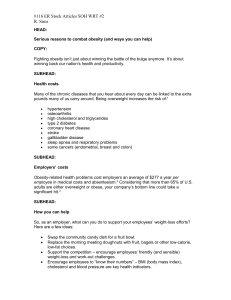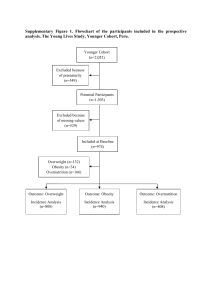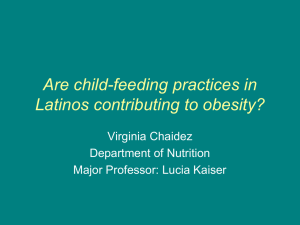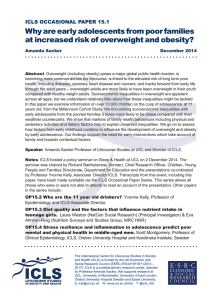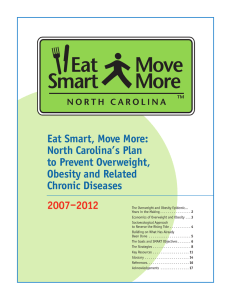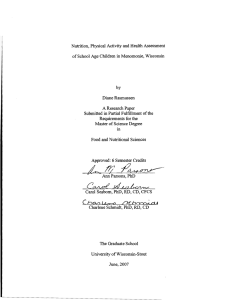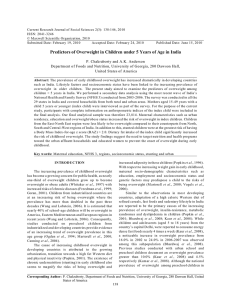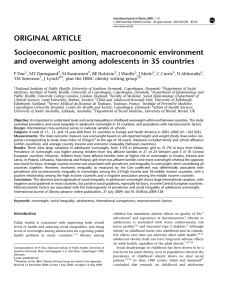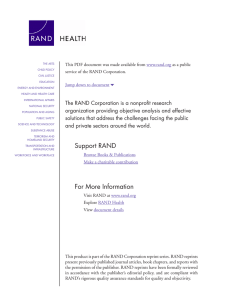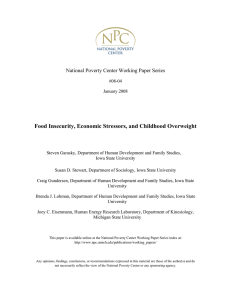University of Northern Iowa
advertisement
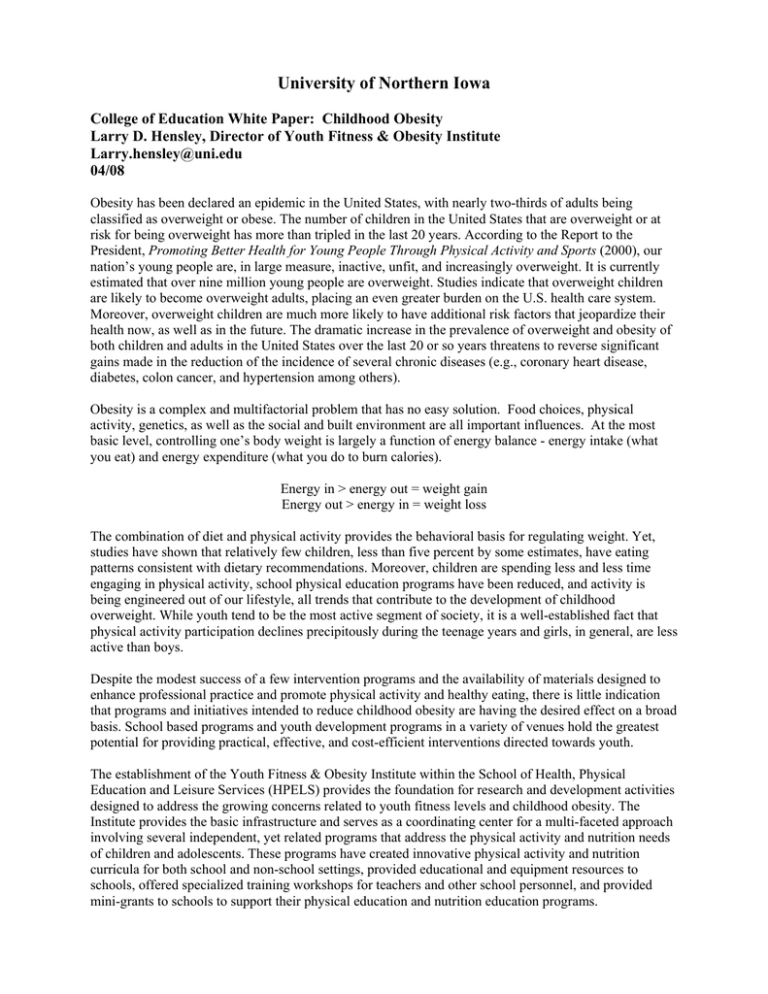
University of Northern Iowa College of Education White Paper: Childhood Obesity Larry D. Hensley, Director of Youth Fitness & Obesity Institute Larry.hensley@uni.edu 04/08 Obesity has been declared an epidemic in the United States, with nearly two-thirds of adults being classified as overweight or obese. The number of children in the United States that are overweight or at risk for being overweight has more than tripled in the last 20 years. According to the Report to the President, Promoting Better Health for Young People Through Physical Activity and Sports (2000), our nation’s young people are, in large measure, inactive, unfit, and increasingly overweight. It is currently estimated that over nine million young people are overweight. Studies indicate that overweight children are likely to become overweight adults, placing an even greater burden on the U.S. health care system. Moreover, overweight children are much more likely to have additional risk factors that jeopardize their health now, as well as in the future. The dramatic increase in the prevalence of overweight and obesity of both children and adults in the United States over the last 20 or so years threatens to reverse significant gains made in the reduction of the incidence of several chronic diseases (e.g., coronary heart disease, diabetes, colon cancer, and hypertension among others). Obesity is a complex and multifactorial problem that has no easy solution. Food choices, physical activity, genetics, as well as the social and built environment are all important influences. At the most basic level, controlling one’s body weight is largely a function of energy balance - energy intake (what you eat) and energy expenditure (what you do to burn calories). Energy in > energy out = weight gain Energy out > energy in = weight loss The combination of diet and physical activity provides the behavioral basis for regulating weight. Yet, studies have shown that relatively few children, less than five percent by some estimates, have eating patterns consistent with dietary recommendations. Moreover, children are spending less and less time engaging in physical activity, school physical education programs have been reduced, and activity is being engineered out of our lifestyle, all trends that contribute to the development of childhood overweight. While youth tend to be the most active segment of society, it is a well-established fact that physical activity participation declines precipitously during the teenage years and girls, in general, are less active than boys. Despite the modest success of a few intervention programs and the availability of materials designed to enhance professional practice and promote physical activity and healthy eating, there is little indication that programs and initiatives intended to reduce childhood obesity are having the desired effect on a broad basis. School based programs and youth development programs in a variety of venues hold the greatest potential for providing practical, effective, and cost-efficient interventions directed towards youth. The establishment of the Youth Fitness & Obesity Institute within the School of Health, Physical Education and Leisure Services (HPELS) provides the foundation for research and development activities designed to address the growing concerns related to youth fitness levels and childhood obesity. The Institute provides the basic infrastructure and serves as a coordinating center for a multi-faceted approach involving several independent, yet related programs that address the physical activity and nutrition needs of children and adolescents. These programs have created innovative physical activity and nutrition curricula for both school and non-school settings, provided educational and equipment resources to schools, offered specialized training workshops for teachers and other school personnel, and provided mini-grants to schools to support their physical education and nutrition education programs.




